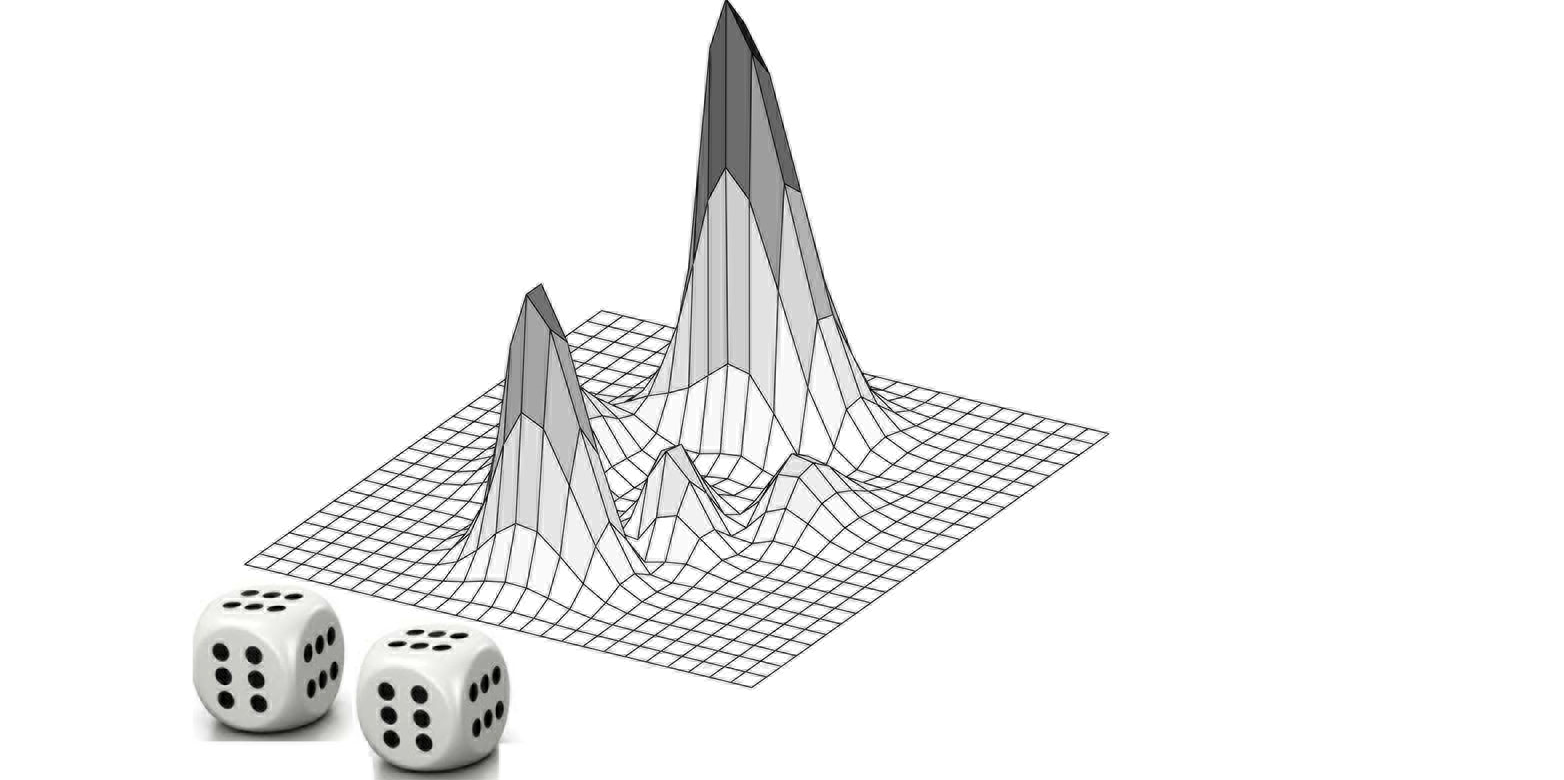Mutation-biased adaptive evolution
- D-USYS
- Institute of Integrative Biology
How do mutational biases influence the process of adaptation? Researchers from the Computational Biology Group of Joshua L. Payne and colleagues have introduced a statistical approach to analyzing how mutation bias shapes protein sequence adaptation.
What are the relative roles of mutation and selection in adaptive evolution? This question has deep roots in evolutionary theory. Even Darwin battled with it1. In the earliest editions of On the Origin of Species, he envisioned two scenarios, one in which adaptation proceeded via selection on abundant pre-existing genetic variation and another in which adaptation proceeded via selection on new mutations. By the 6th edition of the Origin, he had abandoned the second scenario, championing selection as the sole directional force in adaptive evolution. The architects of the Modern Synthesis later solidified this view in mainstream evolutionary theory, relegating mutation to a background operator whose sole purpose was to keep the limitless tank of genetic variation forever topped off.
New mutations are important for adaptation
Living through a global pandemic, the importance of new mutations in adaptation is painfully obvious, even to non-specialists. Very few living evolutionary biologists would assert that adaptation proceeds exclusively via selection on pre-existing genetic variation. Yet the relative roles of mutation and selection in adaptive evolution remain contentious2. In particular, it remains hotly debated whether biases in the generation of new mutations can influence which genetic changes cause adaptation.
A statistical approach
Ph.D. students Alejandro Cano and Hana Rozhonova from the Computational Biology Group of Joshua L. Payne in D-USYS, in collaboration with Arlin Stoltzfus of the National Institute of Standards and Technology and David M. McCandlish of Cold Spring Harbor Laboratory, have introduced a statistical approach to analyzing how mutation bias shapes protein sequence adaptation. Applying this approach to three large datasets from microbial evolution in the lab and in nature, they found that mutation bias shapes the genetic changes underlying adaptation. Said differently, they demonstrated that mutations that occur at higher rates are also those that are more likely to cause adaptive evolutionary change. Using computer simulations, they then homed in on the population genetic, demographic, and environmental factors that modulate the influence of mutation bias on adaptation, highlighting mutation supply and mutational target size as important factors.
Their findings add to the growing empirical case that mutation bias influences adaptive evolution, helping to return Darwin’s second scenario to its rightful place in evolutionary theory.
References
1 Beatty, J. (2022) "The synthesis and the two scenarios." Evolution.
2 Svensson & Berger (2019) "The role of mutation bias in adaptive evolution" Trends in Ecology & Evolution, 34:422-434.
Cano AV, Rozhoňová H, Stoltzfus A, McCandlish DM, Payne JL: Mutation bias shapes the spectrum of adaptive substitutions. PNAS 2022, 119:e2119720119; doi: external page 10.1073/pnas.2119720119
